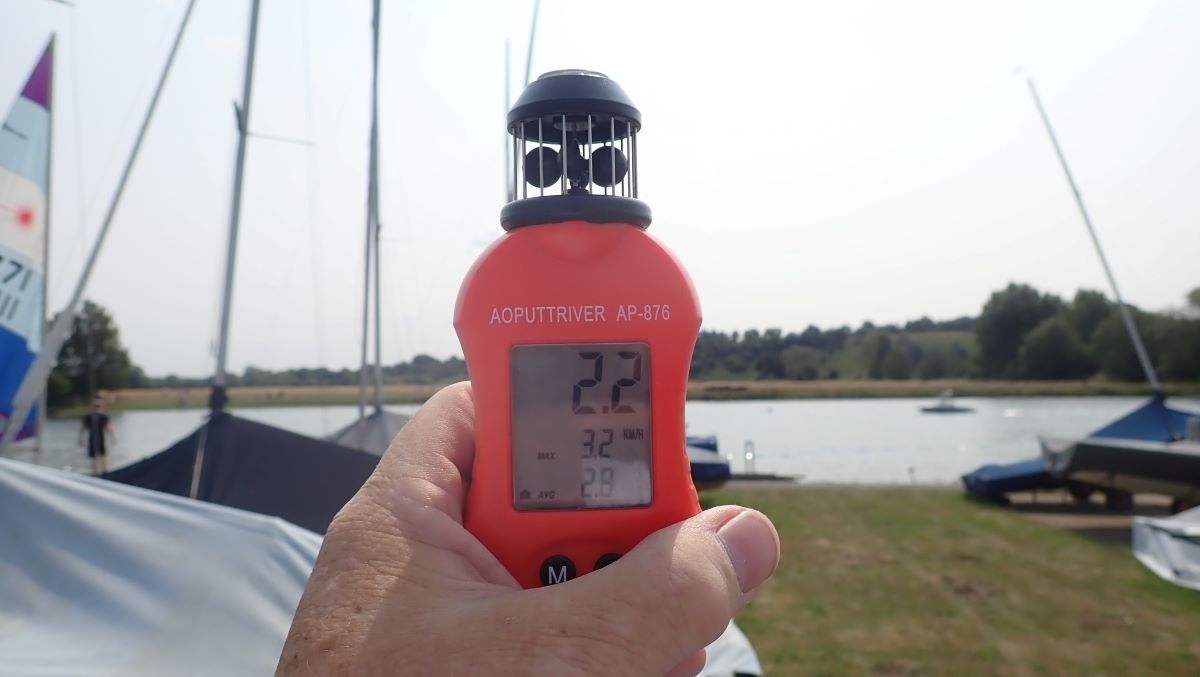In Episode 9, we dive into the world of electronic navigation aids, which serve as invaluable tools to complement traditional chart-based navigation. Integrating these devices with your existing skills allows you to navigate with greater precision and confidence. Let’s explore the various options, from advanced marine equipment to affordable solutions using everyday technology.
Functionality: Handheld GPS units provide precise coordinates and help track your location on preloaded or custom charts. Many models offer waypoint plotting, speed tracking, and distance-to-destination features.
Best Use: Ideal for small boats or as a backup to a larger system.
Advantages:
Portable and easy to use.
Reliable in areas with limited phone coverage.
Limitations:
Requires batteries or charging, so always carry spares.
Functionality: The trusty compass remains a vital navigation tool for traditionalists and modern sailors alike. It doesn’t rely on power or signal, making it a reliable backup.
Best Use: Essential for maintaining a bearing, particularly when electronic systems fail.
Advantages:
Simple, durable, and always functional.
Works in all weather conditions.
Limitations:
Requires practice and knowledge of magnetic variation to use effectively.
Functionality: Chartplotters combine GPS technology with electronic charts, displaying your position, speed, and route in real time. Advanced models integrate with radar, AIS (Automatic Identification System), and depth sounders.
Best Use: Perfect for medium to large boats where detailed navigation and real-time tracking are essential.
Advantages:
User-friendly interface with detailed visuals.
Integration with other navigation tools for a complete system.
Limitations:
Can be expensive and require professional installation.
With many paper maps now not being produced many users are having to use either this or a tablet.
Functionality: Depth meters use sonar to measure the distance between your boat and the seabed. This is particularly useful in shallow waters or areas prone to shifting sands or underwater hazards.
Best Use: Essential when navigating unfamiliar or shallow waters.
Advantages:
Provides real-time updates on depth.
Can integrate with chartplotters for detailed mapping.
Limitations:
Requires calibration for accurate readings in different conditions.
Functionality: Marine radar systems use radio waves to detect objects around your boat, including other vessels, land, and weather patterns.
Best Use: Critical in low-visibility conditions such as fog, heavy rain, or at night.
Advantages:
Provides detailed awareness of your surroundings.
Enhances safety by detecting potential hazards early.
Limitations:
High cost and requires skilled operation.
Functionality: Measure real-time wind speed and direction, providing critical data for navigation and safety.
Best Use: In open waters where wind direction and speed significantly influence navigation.
Advantages:
Help anticipate changes in conditions that may affect your boat’s handling.
Many models integrate with other systems like chartplotters and GPS for comprehensive environmental monitoring.
Affordable Options:
Handheld digital anemometers are portable and accurate.
Smartphone apps with external wind sensors offer budget-friendly alternatives.
Functionality: Apps like Navionics and Garmin ActiveCaptain turn your devices into navigation tools.
Best Use: As a backup or primary tool for recreational boating.
Advantages:
Affordable, versatile, and frequently updated with new features.
Limitations:
Dependent on battery life and GPS signal strength.
Wind data is especially useful when combined with chartplotters, GPS, and depth meters:
Route Planning:
Use wind speed and direction to adjust your course and speed.
Docking and Anchoring:
Monitor wind changes to avoid drifting or straining equipment.
Safety:
Detect sudden wind increases that may signal incoming storms or challenging conditions.
By adding digital wind speed devices to your toolkit, you’ll gain even greater awareness of your surroundings and enhance your ability to adapt to changing conditions. Combining these tools with traditional navigation methods ensures a safer, more efficient boating experience.
